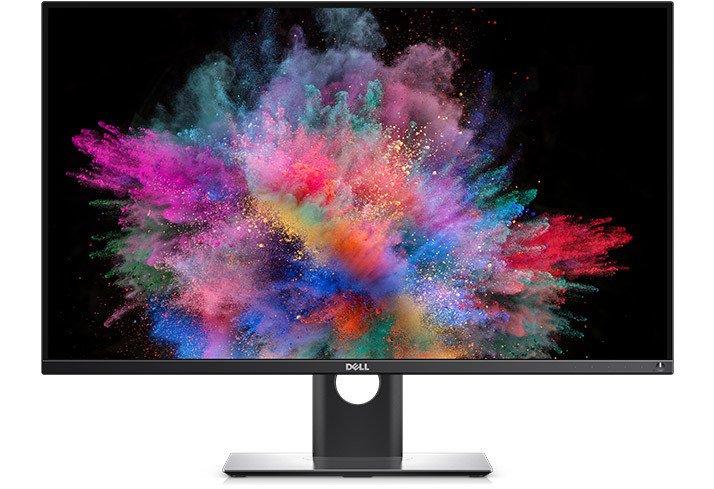Dell's insane 30-inch 4K OLED monitor can now be yours — if you have a spare $3,500

Dell's jaw-dropping new 30-inch OLED monitor is now on sale at Dell, and the good news is it's a fair bit cheaper than the original $4,999 price tag Dell revealed at CES 2016. The bad news? This baby's still going to run you a cool $3,499.
As it turns out, that cheaper price might have something to do with a slight variation on Dell's originally intended specs for the affectionately dubbed UP3017Q. The monitor was originally said to ship with a 120Hz 4K display, but that's now down to a 60Hz panel. Considering the rest of the monitor's specs, including its ultra-fast 0.1ms response time, that's not a bad tradeoff.
For your money, you'll pick up a 4K OLED panel with an advertised contrast ratio of 1,000,000:1. Aside from its benefits to response time, the OLED display also means much more saturated colors and a inkier blacks. As for coverage, Dell is claiming compatibility with industry standards, including 100% AdobeRGB, 100% sRGB, 100% Rec. 709, 97.5% DCI-P3 and 85.8% Rec. 2020.
If you happen to have a spare few thousand lying around in your monitor fund, you can grab the UP3017Q from Dell now. And for more, check ut our hands-on time with the monitor from CES 2016 below.
All the latest news, reviews, and guides for Windows and Xbox diehards.

Dan Thorp-Lancaster is the former Editor-in-Chief of Windows Central. He began working with Windows Central, Android Central, and iMore as a news writer in 2014 and is obsessed with tech of all sorts. You can follow Dan on Twitter @DthorpL and Instagram @heyitsdtl.
